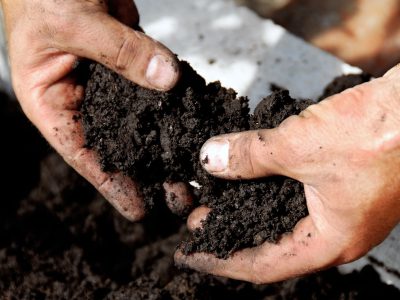Soil organisms – promoting soil health
Soil is a complex and dynamic system that supports life on earth. It is teeming with a wide variety of organisms, each... Read More
Building resilience in the food supply chain
Resilience in the food supply chain is a key driver for the healthy futures of plants and people. Climate change is leading... Read More
Certification in agriculture
Certification is a set of standards and requirements that a product must meet in order to be certified. Certification ensures that producers... Read More
How to grow cocoa trees
Cocoa is a small tree that thrives in tropical climates such as Ivory Coast, Ghana, Indonesia and Brazil . Cocoa trees produce... Read More
Vertical farming
Vertical farms are changing the way food is grown and distributed. They grow fresh produce in urban areas where it would be... Read More
Using NDVI as a Tool to Monitor Crop Growth and Health
Introduction NDVI, or Normalized Difference Vegetation Index, is a tool used to monitor crop health and growth. It is a measure of... Read More
Soil fertility and how to manage it
Soil fertility is vital for plant growth and productivity, and it must be managed for sustainable agriculture. In this article, we will... Read More
Growing avocado
Background Avocado (scientific name: Persea americana), It belongs to the family Lauraceae and originated from tropical America, particularly Mexico and Central America.... Read More
Using gypsum as a soil amendment
What is gypsum? Gypsum is a naturally occurring di-hydrated calcium sulfate mineral, chemically represented as CaSO4.2H2O. This mineral dissolves in water and... Read More
Nitrogen fixation by legumes
Legume crops provide an important source of protein, carbohydrates and oils for humans and animals. One of their unique features is their... Read More












